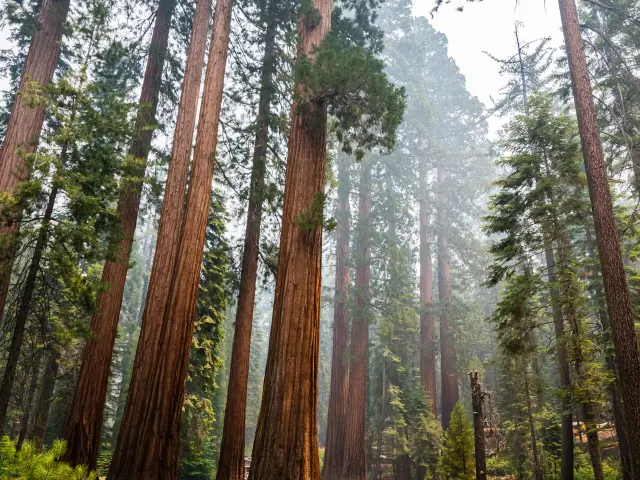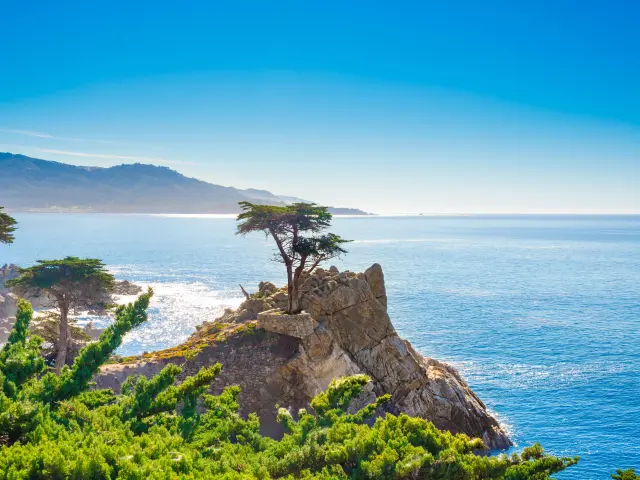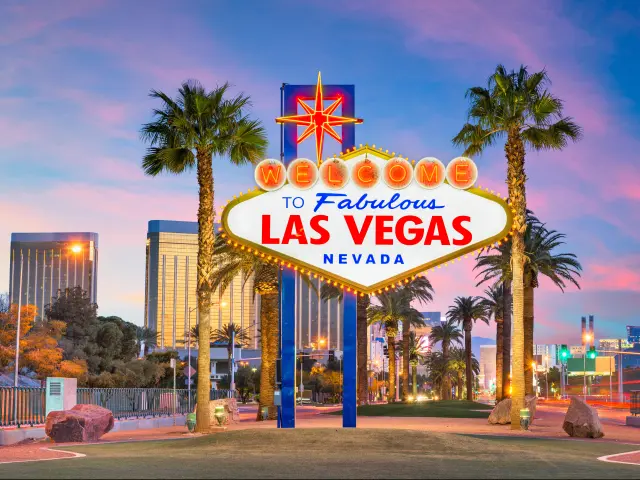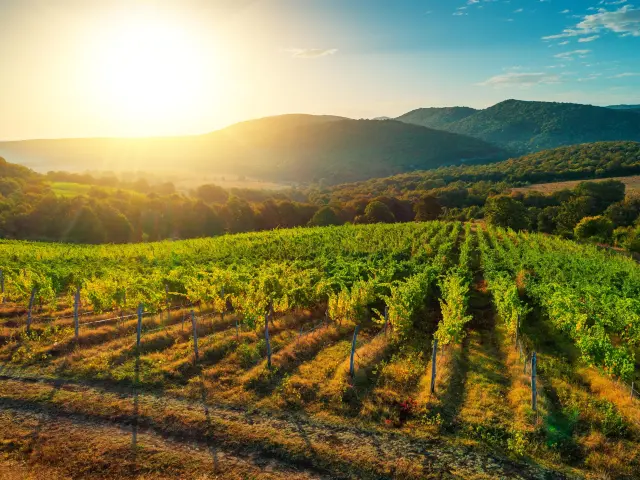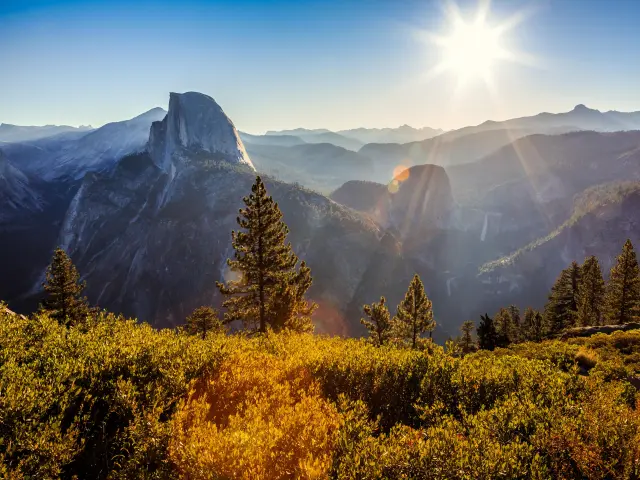Best Road Trips From Sacramento
Top Road Trip Destinations From Sacramento

🚗 100 miles ⏱️ 1 hour, 40 minutes
There is always something new to discover in San Francisco. Snap a pic of the Golden Gate Bridge, chow down at Fisherman's Wharf, ride the iconic cable cars, and sample some delicious farm-to-fork cuisine.
On this relatively short drive, you can stop at Vallejo to visit Six Flags Discovery Kingdom and make a detour to Reinhardt Redwood Regional Park.

🚗 140 miles ⏱️ 2 hours, 20 minutes
Yosemite National Park is Mother Nature's masterpiece. From the towering granite cliffs of El Capitan and Half Dome to the breathtaking waterfalls and giant sequoias, you will find a new wonder at every turn.
As you make your way to Yosemite, you will also have the opportunity to visit Stockton and Groveland Yosemite Gateway Museum.

Napa Valley
🚗 70 miles ⏱️ 1 hour, 10 minutes
Napa Valley is the ultimate foodie destination and a wine lover's paradise. Don't forget to book a few wine tastings, float above the vineyards in a hot air balloon, and treat yourself to gourmet dining and luxurious spa experiences.
This is quite a short drive, so if you want to extend it and have a sweet tooth, you can take the Jelly Belly Factory Tour in Fairfield en route.
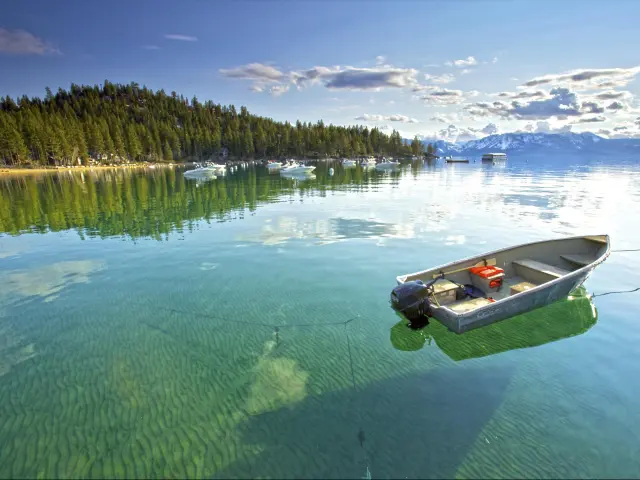
Lake Tahoe
🚗 115 miles ⏱️ 1 hour, 55 minutes
Whether you're hitting the slopes or lounging on the beach, Tahoe's got it all. Winter offers world-class skiing and snowboarding, while in summer you can swim, boat, and hike in a stunning alpine setting.
On your way to stunning Yosemite, spend some time in Yuba City and travel back in time in the charming Nevada City.
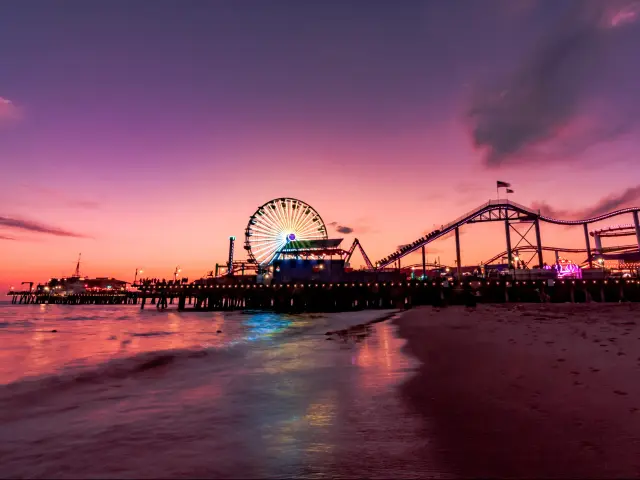
Los Angeles
🚗 390 miles ⏱️ 6 hours, 30 minutes
Los Angeles is famously known as the heart of entertainment. Visit the Hollywood Sign, relax on the beaches of Santa Monica and Venice, dive into the cultural melting pot of neighborhoods and visit LA's amazing museums.
If you have some extra time, you can make a detour to Bakersfield and explore Santa Clarita en route to LA on this road trip.
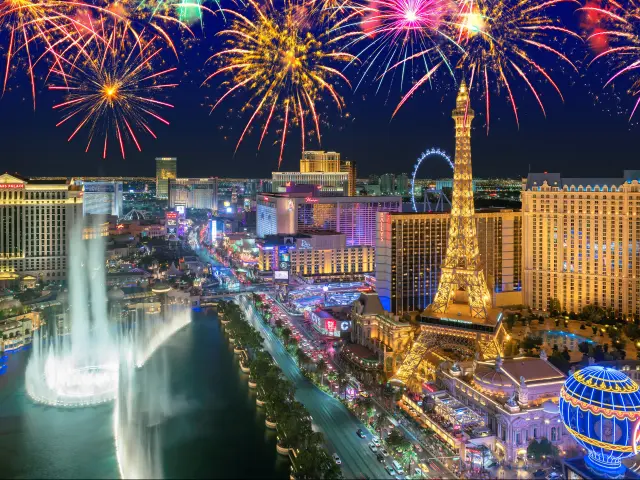
Las Vegas
🚗 620 miles ⏱️ 9 hours, 30 minutes
Las Vegas is the ultimate playground for entertainment. Experience the glitz and glamour of the Strip, catch a world-class show, try your luck at the casinos, and treat yourself to top-notch dining.
Instead of driving directly to Sin City, you can extend your journey to discover stunning Lake Tahoe and visit Reno, "The Biggest Little City in the World."

Palm Springs
🚗 490 miles ⏱️ 8 hours, 10 minutes
Palm Springs is a chic desert oasis. Here, you can admire the mid-century modern architecture and unwind at luxurious spas. Nearby, Joshua Tree National Park offers stunning desert scenery and excellent hiking.
Even though it might add a few days to your road trip, we recommend making a detour to also visit Los Angeles on the way to Palm Springs.

🚗 450 miles ⏱️ 7 hours, 30 minutes
Death Valley National Park is a land of extremes and otherworldly beauty. In this unique landscape, you can explore salt flats, towering sand dunes, and colorful rock formations.
This epic drive will also take you near the beautiful landscapes of Lake Tahoe and the majestic scenery of Yosemite National Park.

🚗 190 miles ⏱️ 3 hours, 10 minutes
Monterey and Carmel-by-the-Sea are beautiful coastal cities. Don't forget to visit the famous Monterey Bay Aquarium, drive the scenic 17-Mile Drive, and explore Carmel's charming art galleries and boutiques.
Make sure to add Stockton and San Juan Bautista to your itinerary on your way to Monterey and then Carmel-by-the-Sea.
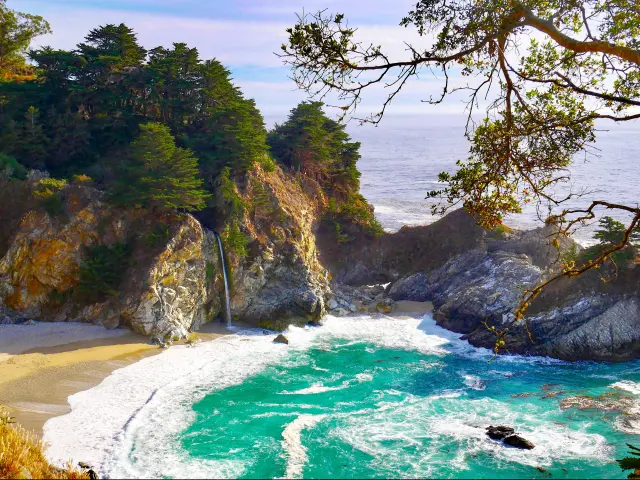
Big Sur
🚗 230 miles ⏱️ 3 hours, 50 minutes
For picturesque scenery of dramatic cliffs meeting the beautiful ocean, visit Big Sur. Although this section of PCH is prone to closures (so check before traveling) the gorgeous ocean views will make up for it.
On the way, you can also visit San Jose, the surfing paradise of Santa Cruz and Monterey to enjoy some of the most beautiful Pacific Ocean scenery.
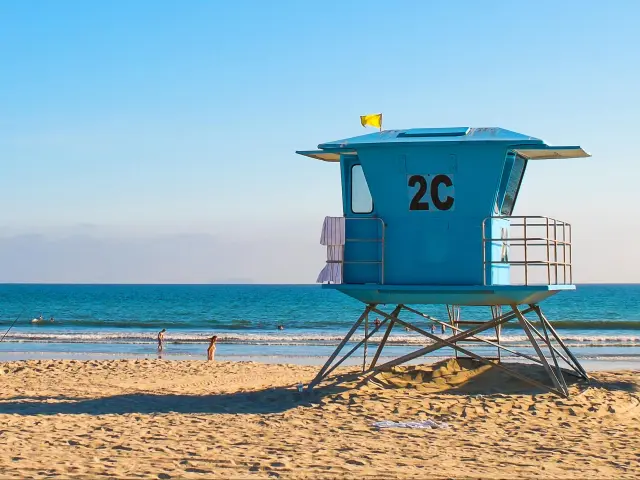
San Diego
🚗 516 miles ⏱️ 10 hours
San Diego is all about sunny beaches, laid-back atmosphere and family fun. Visit the world-famous San Diego Zoo, explore the Balboa Park, and enjoy the lively nightlife in the Gaslamp Quarter.
This is a long drive, but if you have some time, you can also visit San Luis Obispo, pretty coastal town of Santa Barbara and glitzy Los Angeles en route.
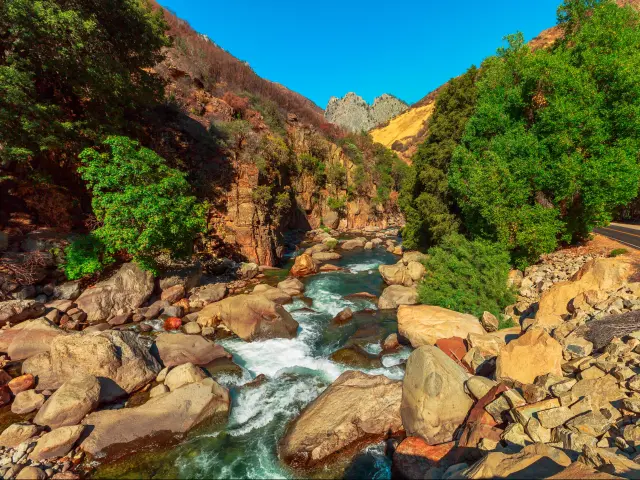
🚗 260 miles ⏱️ 4 hours, 20 minutes
Kings Canyon and Sequoia National Parks are home to giants – both in trees and landscapes. Enjoy walking among the massive sequoias, exploring deep canyons, and even some forest bathing.
Some of the great places you can make stops at en route include Stockton, Merced and Fresno for a great mix of urban fun and scenery.

🚗 390 miles ⏱️ 6 hours, 30 minutes
Santa Barbara is famous for its sun-soaked beaches and stunning Spanish architecture. Hop over to Channel Islands National Park for snorkeling, kayaking, and spending a relaxing day.
On your way to Santa Barbara, you can also visit San Luis Obispo and Santa Maria. To get to Channel Islands, simply take the ferry from Ventura.
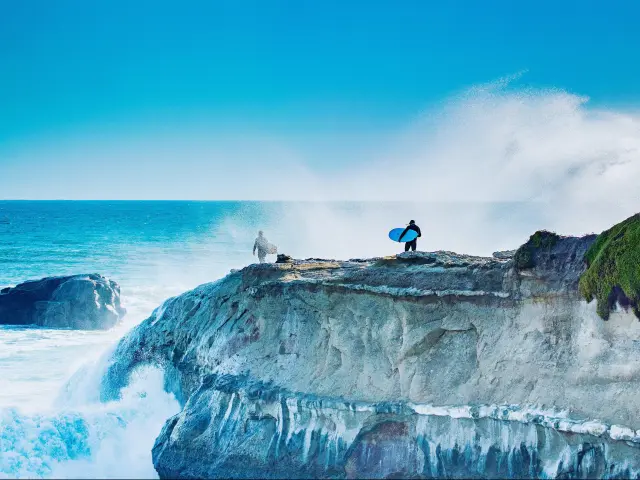
Santa Cruz
🚗 150 miles ⏱️ 2 hours, 30 minutes
Santa Cruz is the go-to destination for beachside fun. While here, you can ride the historic roller coaster at the Santa Cruz Beach Boardwalk, surf the legendary waves, and explore the shops and cafes downtown.
On your way, you can make a detour to visit San Francisco and spend some time in San Jose if you'd like to extend your road trip.
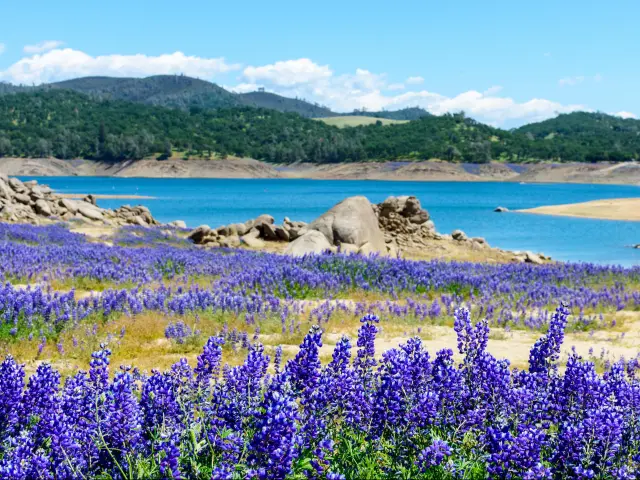
🚗 30 miles ⏱️ 40 minutes
Looking for an outdoor escape? Folsom Lake State Recreation Area and Granite Bay are the places to visit. Dive into fun with boating and fishing on the sparkling lake, hike scenic trails, or just enjoy a picnic with unbeatable views.
This short drive is best as a day trip, and you can visit the Aerospace Museum of California en route to extend your road trip.
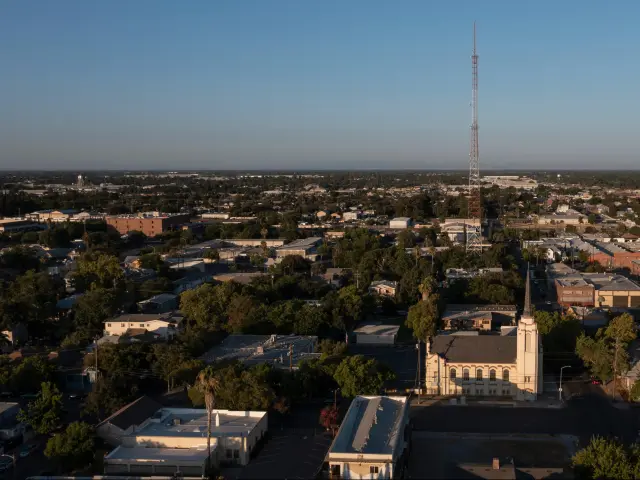
Stockton
🚗 50 miles ⏱️ 50 minutes
Stockton is a gem with a little something for everyone. You can stroll along the pretty waterfront, check out local art at the Haggin Museum, and don't miss the Miracle Mile with its independent shops and great eateries.
This is a short drive on the interstate, but if you are looking for a bigger adventure, you can enjoy water sports at Cosumnes River Preserve en route.

🚗 50 miles ⏱️ 50 minutes
Placerville and Apple Hill are great places to discover on a day trip. This area is famous for its scenic orchards and wineries, where you can enjoy apple picking, wine tasting, and exploring the historic downtown.
En route, you can make a detour to visit Folsom and explore El Dorado County Historical Museum, a great destination for history buffs.
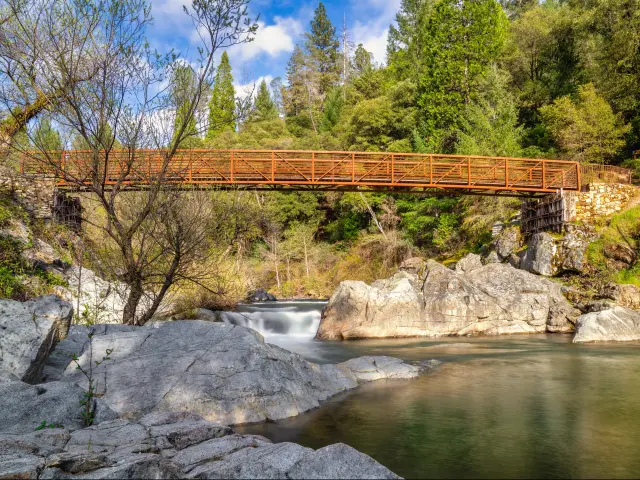
🚗 60 miles ⏱️ 1 hour
You will feel like you took a trip back in time in Nevada City and Empire Mine State Historic Park. Explore the Victorian streets filled with boutiques and cafes, then tour the old mine buildings in Empire Mine.
If you have a little more time on your hands, why not check out Quarry Park Adventures in Rocklin and visit Auburn State Recreation Area en route?

🚗 60 miles ⏱️ 1 hour
Vallejo and San Pablo Bay are great places to visit if you are looking for a short drive from Sacramento. Your family (or inner child) will love Six Flags Discovery Kingdom, and you can also visit Mare Island Naval Shipyard while here.
Make sure to book a spot for yourself at the Jelly Belly Factory Tour on your way to Vallejo.
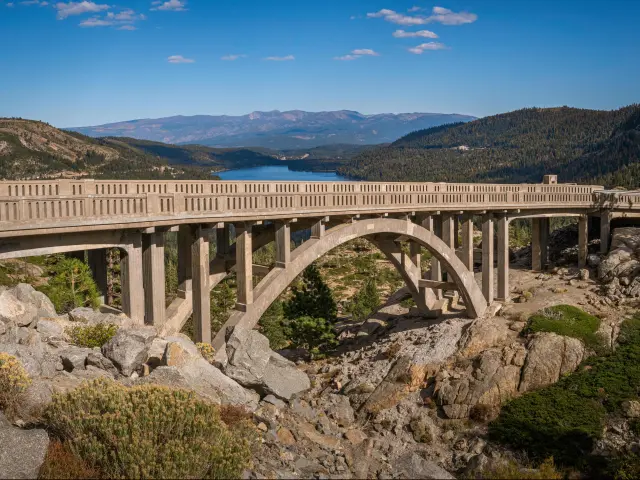
🚗 90 miles ⏱️ 1 hour, 30 minutes
Donner and Sugar Bowl Resort are perfect for winter fun and sunny summer getaways. Hit the slopes for some of the best skiing and snowboarding around, or explore alpine trails for hiking and mountain biking when the snow melts.
If you have time, we recommend also visiting Quarry Park Adventures in Rocklin.
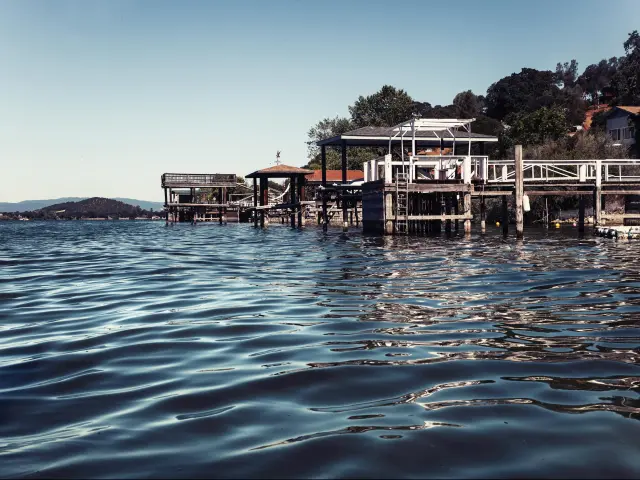
🚗 110 miles ⏱️ 1 hour, 50 minutes
Clear Lake State Park is a great destination if you like boating and fishing. Enjoy a laid-back time on this natural freshwater lake, hike scenic trails, or simply relax and take in the beautiful views.
On the way, you will also pass through Woodland and Williams, so we recommend stopping and discovering these charming towns.
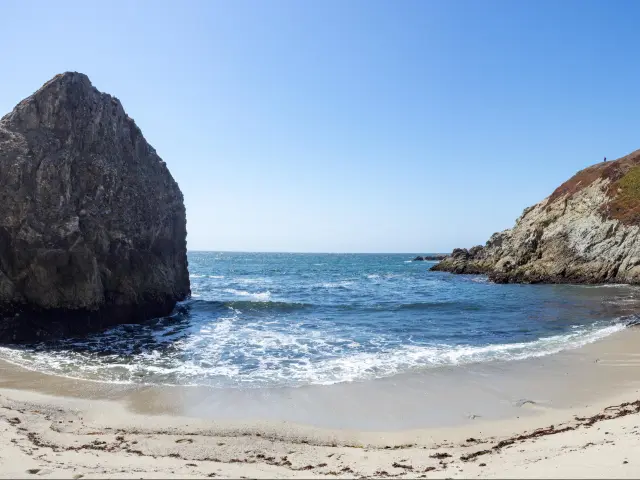
Bodega Bay
🚗 110 miles ⏱️ 1 hour, 50 minutes
Bodega Bay is the ultimate coastal escape. Here, you can discover rugged cliffs, enjoy the sunshine at the beach, and have fresh seafood at local eateries. It's also a prime spot for whale watching and beachcombing—pure coastal bliss.
If you are traveling with family, we highly recommend visiting Six Flags Discovery Kingdom in Vallejo for a day of fun.
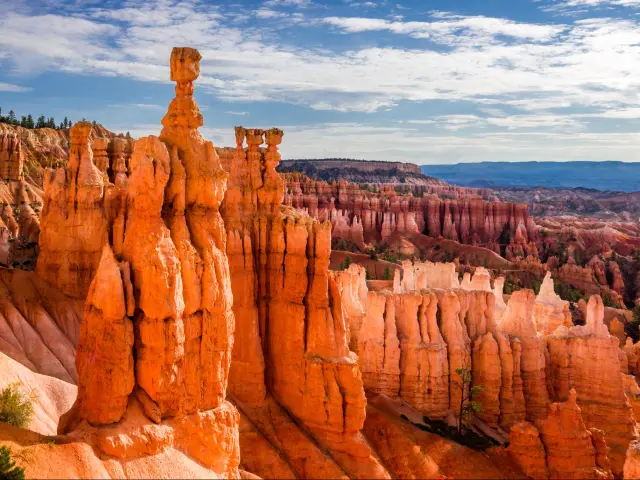
🚗 180 miles ⏱️ 3 hours
Pinnacles National Park is a hidden gem for hikers and climbers. You will see unique rock formations, explore the cool talus caves and keep an eye out for the rare California condor.
On your way, you can take a break and visit San Luis Reservoir and stretch your legs at the pretty Pacheco State Park.
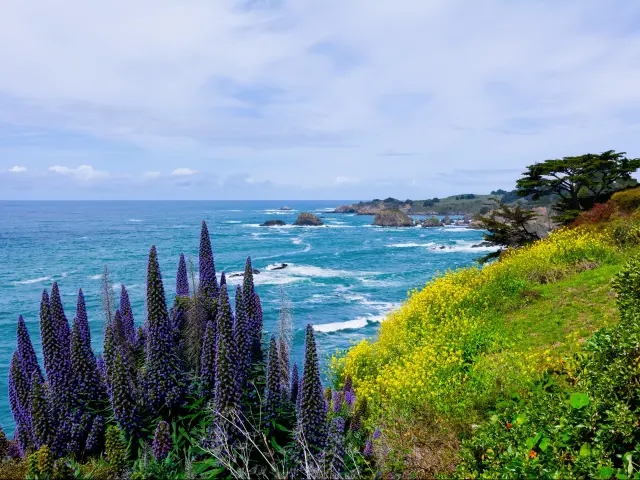
🚗 180 miles ⏱️ 3 hours
If you are looking for unspoiled wilderness, visit Mendocino National Forest. Perfect for camping, hiking, and fishing, it's a peaceful retreat where you can truly connect with nature.
If you have time, you can make a detour to visit Yuba City on your way to the greenery of Mendocino National Forest.
Longer road trips from Sacramento
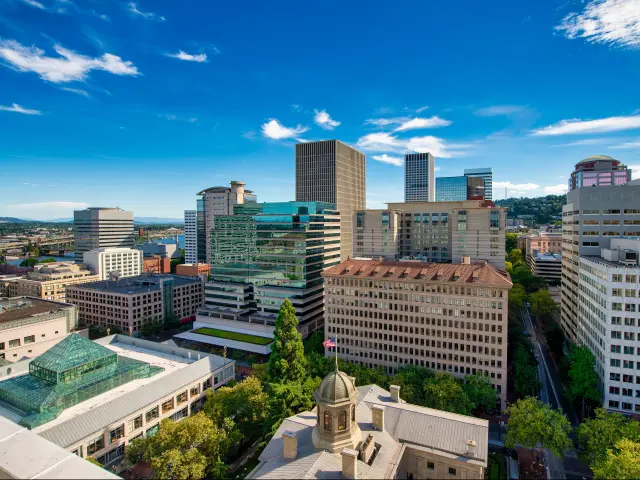
🚗 730 miles ⏱️ 9 hours
Portland is a cool mix of urban chic and natural beauty with an up-an-coming craft beer scene and waterfalls and majestic peaks nearby.

🚗 780 miles ⏱️ 10 hours, 10 minutes
When in Seattle, don't forget to visit the Space Needle, wander through Pike Place Market, and take in the views of Puget Sound.

🚗 880 miles ⏱️ 9 hours, 55 minutes
The Grand Canyon is truly a bucket list-worthy destination. Hike along the rim, raft the Colorado River, or simply take in the breathtaking views.
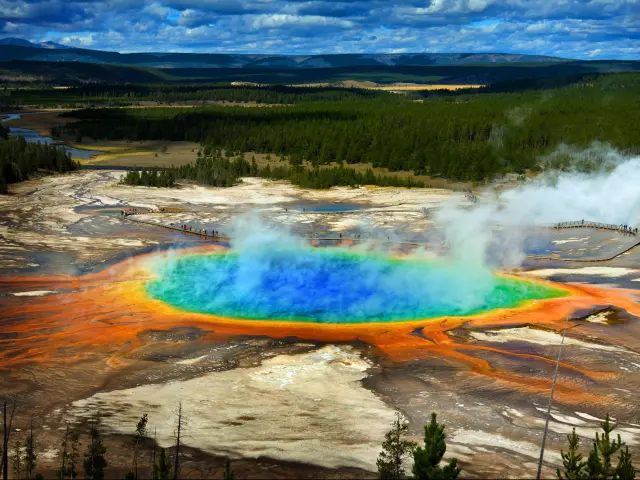
🚗 970 miles ⏱️ 16 hours, 10 minutes
Yellowstone National Park is a geothermal wonderland with famous geysers like Old Faithful, colorful hot springs, and fascinating wildlife.
